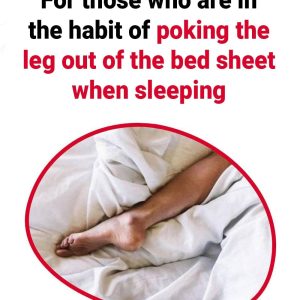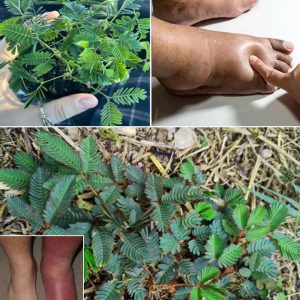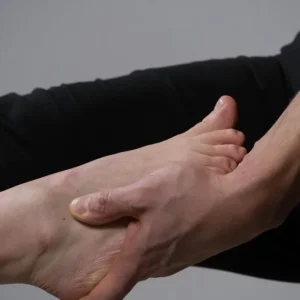
For years, many people brush off aches, swelling, or changes in their feet, assuming it’s just fatigue or tight shoes. But persistent pain and unusual symptoms can actually be your body’s way of sending early warnings about deeper health problems.
Your feet are more than just your body’s foundation—they’re a window into your overall health. Packed with nerves, blood vessels, and bones, they’re often the first place to show signs of systemic issues like diabetes, heart disease, or nerve damage. By learning to recognize these signals, you can catch problems early and protect your long-term health.
1. Persistent Swelling (Edema)
- Possible Causes: Circulation problems, heart or kidney issues, blood clots, or medication side effects.
- What to Look For: Feet or ankles that remain swollen or feel heavy, with indentations when pressed (pitting). Swelling paired with fatigue or shortness of breath requires urgent attention.
- What to Do: Elevate your feet, reduce salt intake, and stay hydrated. If swelling persists, consult a doctor promptly.
2. Tingling or Numbness

- Possible Causes: Peripheral neuropathy (often linked to diabetes), vitamin B12 deficiency, poor circulation, or nerve damage.
- What to Look For: Pins-and-needles, burning, or numbness that spreads upward. If accompanied by weakness or balance issues, seek medical help immediately.
- What to Do: Check blood sugar, optimize vitamin intake, and request nerve function tests if symptoms continue.
3. Cold Feet or Discoloration
- Possible Causes: Peripheral artery disease, Raynaud’s disease, or thyroid disorders.
- What to Look For: Persistently cold feet, pale or bluish toes, or slow-healing cuts.
- What to Do: Keep feet warm, avoid smoking, exercise regularly, and see a vascular specialist if symptoms are ongoing.
4. Slow-Healing Sores or Wounds
- Possible Causes: Diabetes, poor circulation, or immune dysfunction. Untreated wounds can lead to infection.
- What to Look For: Cuts, blisters, or sores that don’t heal within a week. Signs of infection such as redness, pus, or fever are urgent red flags.
- What to Do: Keep wounds clean and covered, avoid walking barefoot, and seek immediate medical care if healing stalls.
5. Changes in Skin or Nail Appearance
Possible Causes:
- Dry, cracked skin may point to hypothyroidism.
- Yellow, brittle nails often indicate fungal infection, psoriasis, or (rarely) lung disease.
- Dark streaks under nails could signal melanoma.
What to Look For: Persistent dryness, thick or crumbly nails, or unusual streaks.
What to Do: Moisturize regularly, wear breathable footwear, and consult a dermatologist for suspicious changes.
6. Foot Pain or Cramps

- Possible Causes: Plantar fasciitis, arthritis, nerve compression, dehydration, or low levels of minerals like magnesium and potassium.
- What to Look For: Sharp or burning pain, stiffness, or recurring cramps. Pain radiating into the legs is a warning sign.
- What to Do: Stretch, wear supportive shoes, hydrate well, and consult a healthcare provider if pain persists.
How to Monitor Your Feet Like a Pro
Daily Checks
- Inspect for swelling, cuts, redness, or nail changes
- Pay attention to sensations like numbness, tingling, or coldness
- Track pain levels after walking, standing, or resting
Weekly Actions
- Moisturize (but avoid applying lotion between the toes)
- Trim toenails straight across to prevent ingrown nails
- Massage feet to encourage circulation
When to See a Doctor
- Persistent swelling, pain, or numbness
- Sores or wounds that don’t heal
- Sudden discoloration or severe cramps
Why You Shouldn’t Ignore Your Feet
Your feet act as silent messengers, often revealing hidden health issues before other parts of the body show symptoms. By paying close attention to changes—whether in sensation, appearance, or function—you can detect serious conditions early and prevent complications.
Taking care of your feet isn’t just about comfort; it’s about protecting your overall health.
Disclaimer: This article is for informational purposes only and should not replace professional medical advice. Always consult a qualified healthcare provider for diagnosis and treatment.




